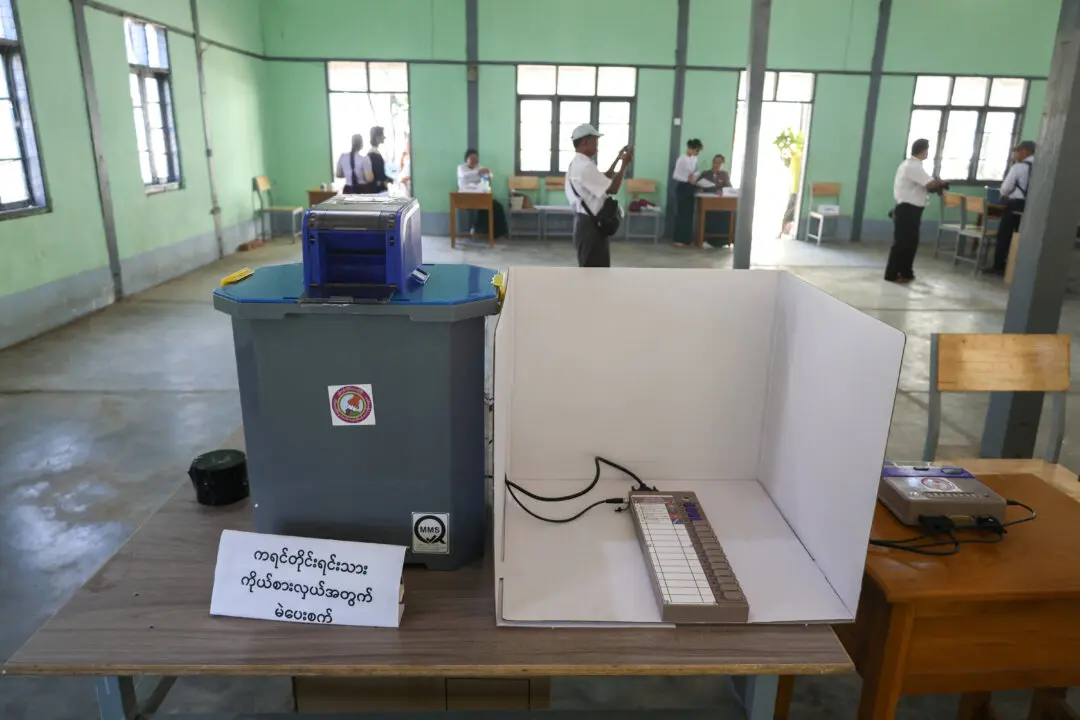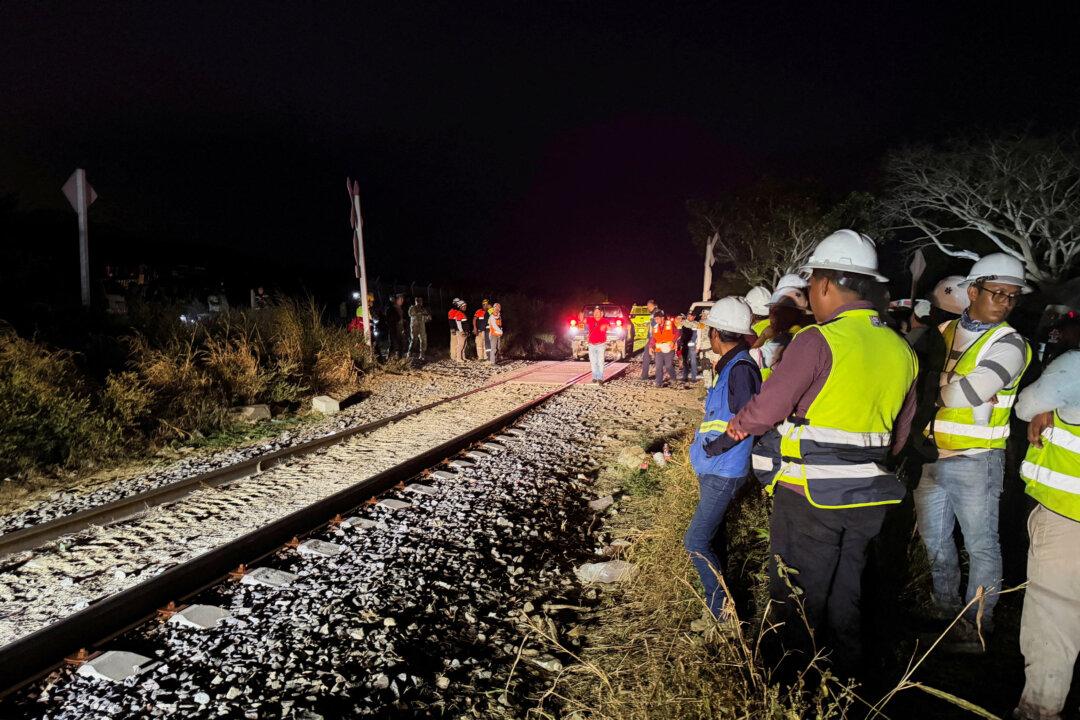The Oklahoma Supreme Court on Tuesday overturned a $465 million judgment against Johnson & Johnson in a lawsuit by the state alleging the drugmaker fueled the opioid epidemic through the deceptive marketing of painkillers.
The decision marked the latest setback for states and local governments pursuing lawsuits to hold pharmaceutical companies responsible for a drug abuse crisis the U.S. government says led to nearly 500,000 opioid overdose deaths over two decades.





